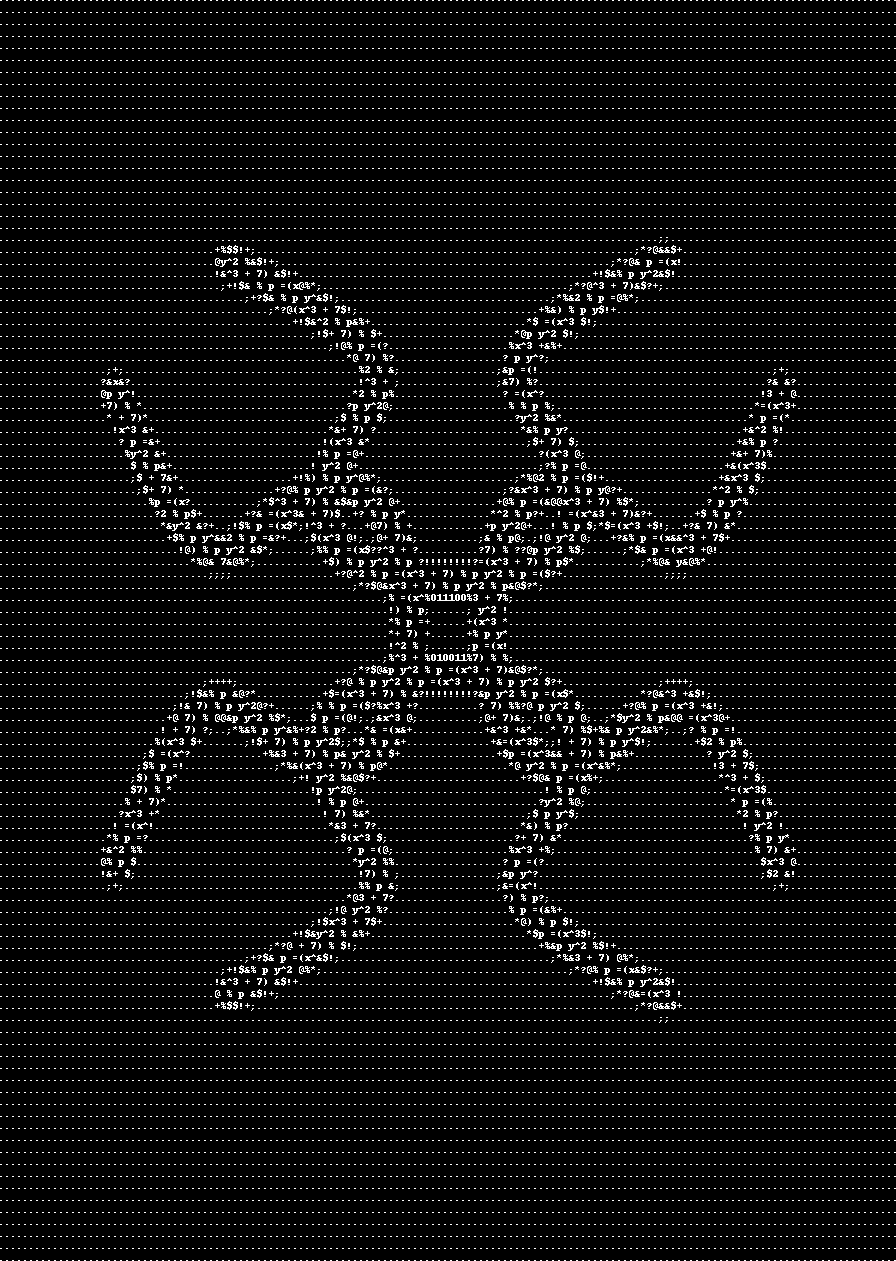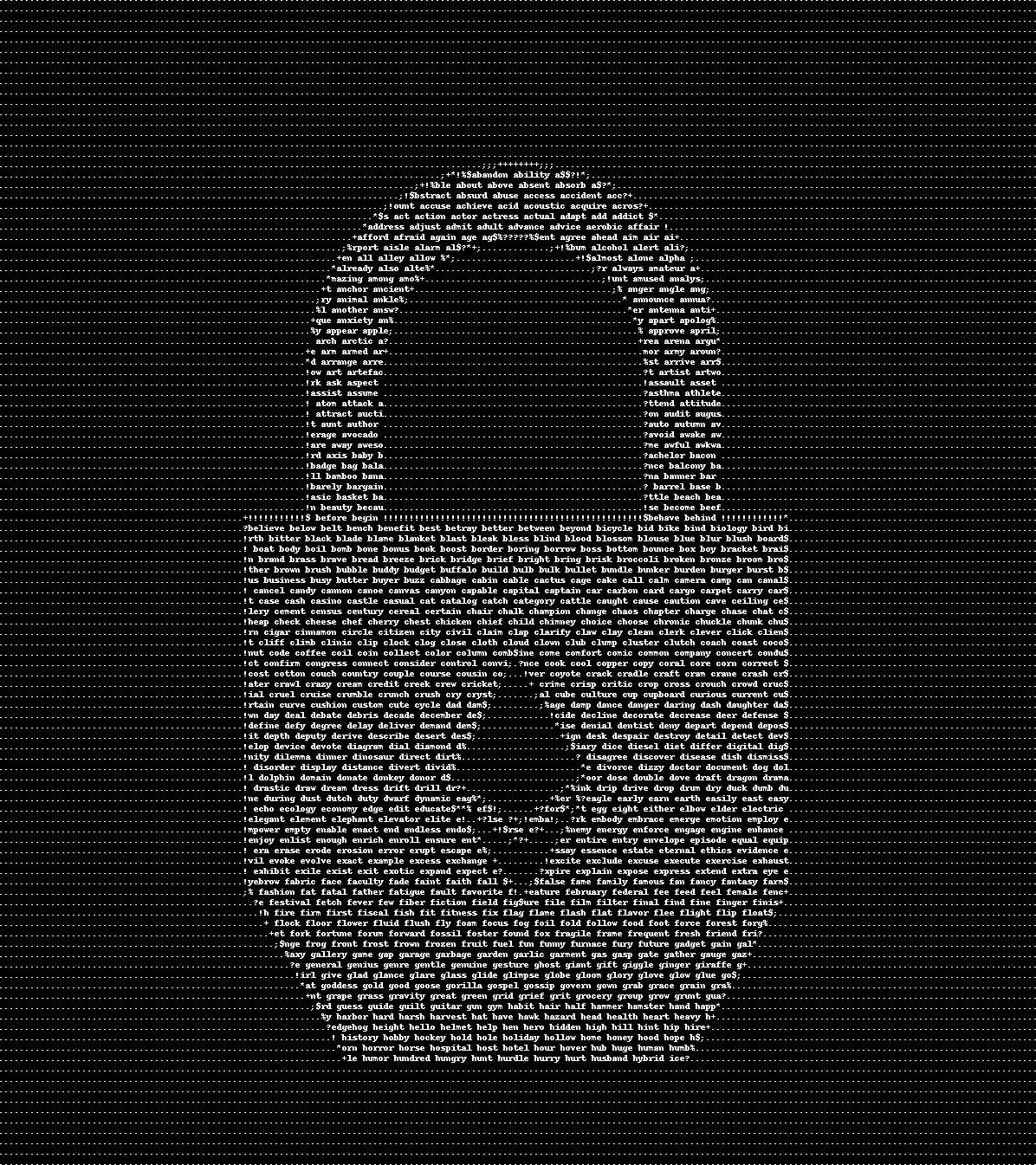Hello World,
"For Those Who Don't Know" will contain a digital scavenger hunt spanning multiple pieces in the collection. The treasure is a 1/1 NFT and ETH located at a specific Ethereum address (0xCE2B95f7B8D872b9Fb2c403C9D0E4c0C1F6B1dd6).
You will need to search the collection pieces and solve the hidden puzzles to discover the secret seed phrase of this account. To win the scavenger hunt, a participant will need to:
1. Crack the account seed phrase through puzzles within the "For Those Who Don't Know" collection.
2. Log in to this account via MetaMask
3. Transfer themselves the ETH and the 1/1 NFT via OpenSea.
The first person to complete all of these steps and claim the prize will be the winner.
Good Luck.
-x0r
bank
Decentralized Finance (Defi) aims to create financial instruments and services entirely governed by smart contracts on the blockchain. "bank" is an homage to Decentralized Finance through the image of an old classical bank composed of code. Specifically, the bank contains the CToken.sol contract source code from the Compound Protocol
elliptic
Private keys, public keys, and signatures on the Ethereum blockchain are all computed using Elliptic Curve Cryptography (ECC). The 21,000 base gas fee in Ethereum goes toward the "elliptic curve operation to recover the sender address from the signature" as outlined in the Ethereum Wiki. "elliptic" is composed of elliptic curves filled with the elliptic curve formula defined by the secp256k1 standard used by Ethereum: y^2 % p =(x^3 + 7) % p.
pseudo
Random Number Generation is a critical component of designing a secure cryptographic cipher. Computers are deterministic, making it challenging to generate true randomness on their own. Instead, computers pull random data from outside resources (such as a mouse and keyboard) known as "entropy." Next, entropy is fed into a Pseudo-Random Number Generator to create a random number. "pseudo" represents this process through deterministic rolling digital dice with random entropy bytes within the dots.
private_key
All Externally Owned Accounts on the Ethereum blockchain are controlled by a random 32-byte private key. An account's public key and public Ethereum address are derived from this private key through Elliptic Curve operations. BIP-39 proposed to encode the 32-byte key with a mnemonic phrase or seed phrase. "private_key" is a visual representation of a private key composed of the 2048 possible words that can be in a mnemonic seed phrase as defined by BIP-39.
oracle
Oracles are a bridge between the EVM (Ethereum Virtual Machine) and the outside world. Decentralized Applications (DApps) use Oracles to view external data feeds, such as prices, or generate random numbers. The "oracle" eye represents a DApp's view outside the blockchain. The pupil contains the Chainlink VRFCoordinator.sol contract source code, an Oracle that gives DApps the ability to generate random numbers on-chain.
seedlock
"seedlock" is the 1/1 NFT treasure in the "For Those Who Don't Know" scavenger hunt. It is a visual representation of unlocking an Ethereum account with a mnemonic seed phrase. The lock contains all 2048 possible words in a mnemonic seed phrase as defined by BIP-39.





